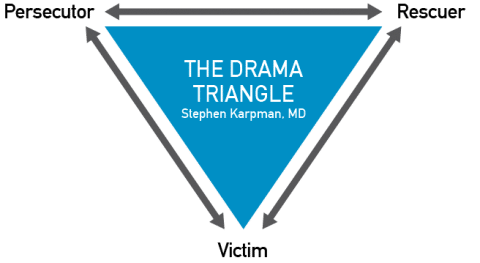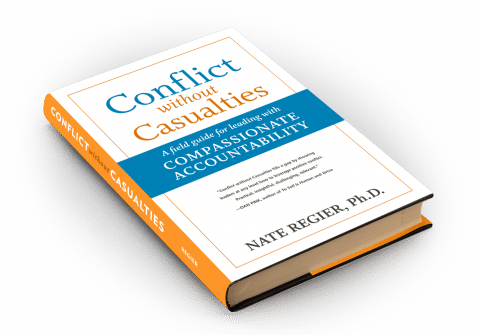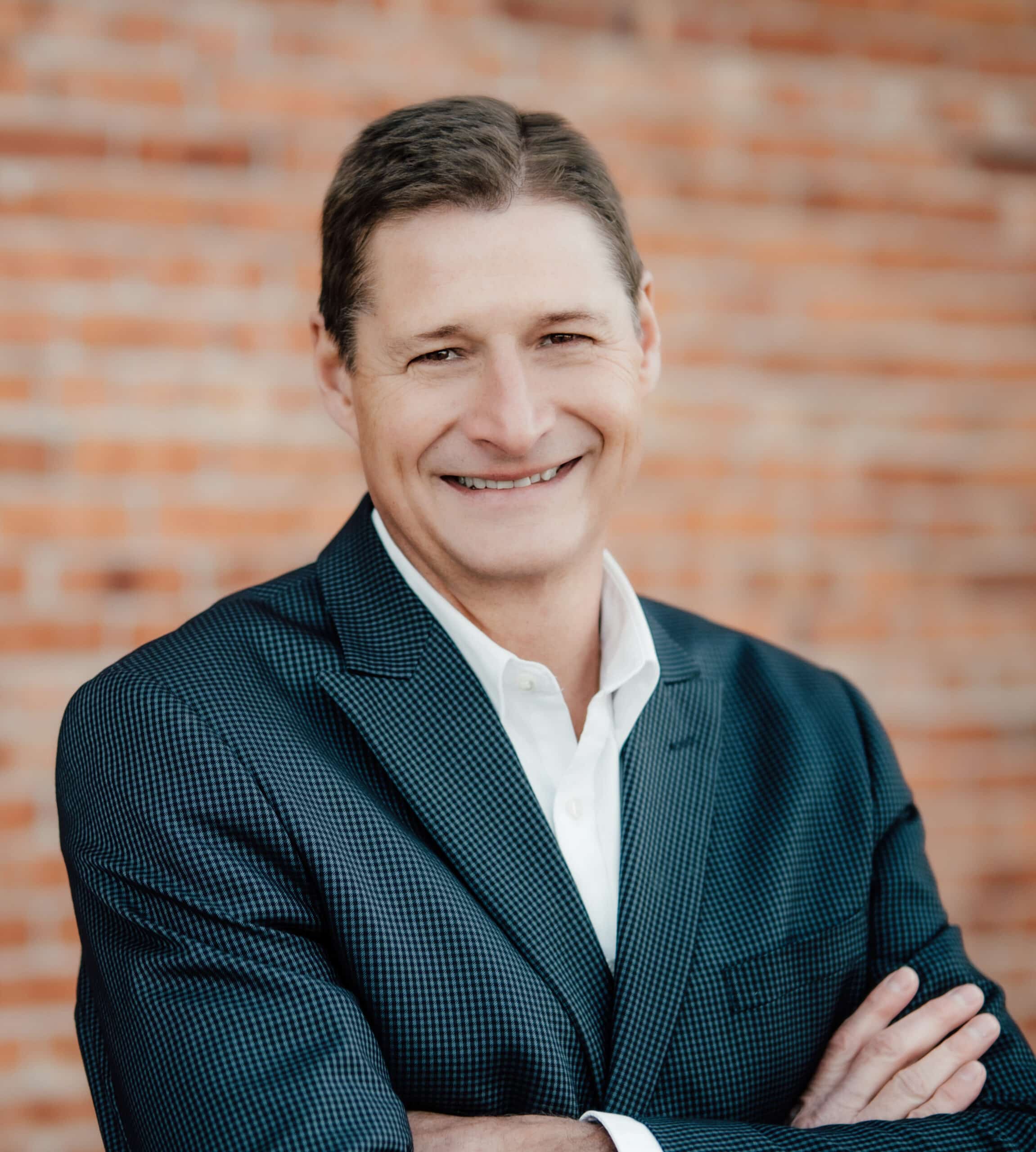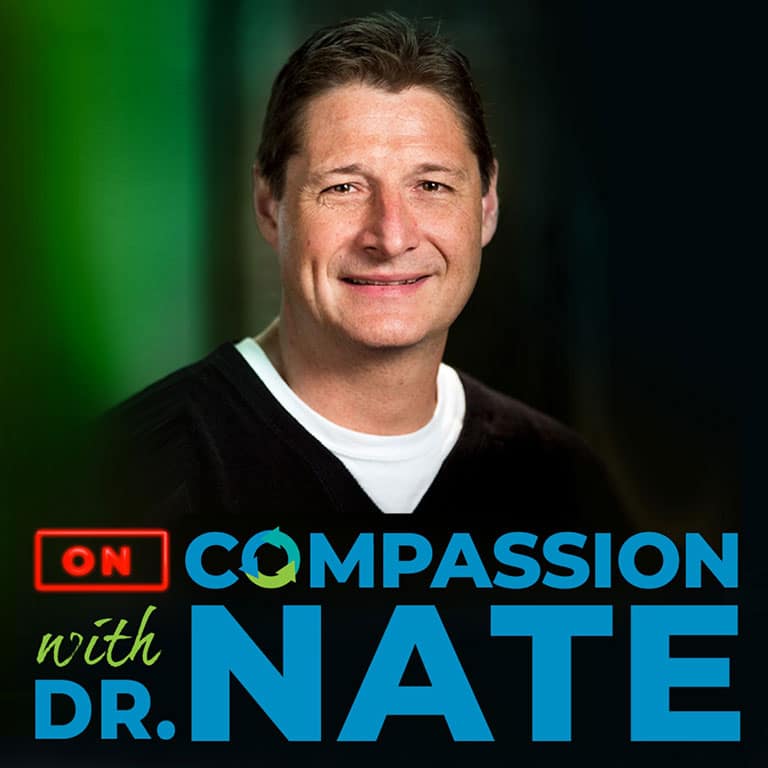
What Can Basketball Teach Us About Drama?
Share viaDr. Stephen Karpman loves sports. He is also an internationally acclaimed psychiatrist, author, therapist, and former athlete himself. As early as 1965, Karpman was doodling circles and symbols trying to figure out ways that a quarterback could outsmart the defensive halfback in football, or how offense beats defense in basketball.
As the quarterback for the Delta Tau Delta fraternity football team at Duke, he would trick the defense by looking at two different receivers, then throwing to the third. Score! He also developed a matching set of fakes in basketball: a little fake, a big fake, then a third way to score.
Karpman went on to develop a sophisticated model of how games get played out in human interaction, discovering that it all comes down to triangles and roles. An offense lures a defense into expecting a certain role from the players who are interacting through triangles. Without notice, one or more of the players switch roles, leaving the defense wondering what happened.
Off the court, people do the same thing! We play one or more “expected” roles. And then, seemingly without notice, we switch, inviting confusion, frustration, guilt, and other nasty emotions that influence people to do what we want, in order to get what we want. The difference is that in real life, the switch causes a lot more problems than allowing a few points or missing a screen.
To explain what he discovered, Dr. Karpman developed the Drama Triangle, a model that describes how three different negative roles play off each other to keep us all guessing and, in the process, perpetuate unhealthy behavior. For this innovative work, he was awarded the Eric Berne Memorial Scientific Award by the International Transactional Analysis Association. One of the most elegant and practical models of how people interact in distress, the Drama Triangle has been an inspiration for our Leading Out of Drama® conflict communication methodology, an alternative to conflict management training, as well as for our online Drama Resilience Assessment (DRA™).
Three Roles of The Drama Triangle
The Persecutor attacks, blames, or manipulates others to get what they want.
The Rescuer inserts herself into others’ business without permission as if to say, “I know what’s best for you.”
The Victim over adapts and internalizes the attack of the Persecutor, or advice of the Rescuer, as confirmation of his inferiority.
These three roles play off each other to keep the drama going. People can play more than one role, sometimes switching to keep others confused about the rules.
 To learn more about drama, the drama triangle, and how to lead out of drama, check out my new book, Conflict Without Casualties: A Field Guide for Leading With Compassionate Accountability.
To learn more about drama, the drama triangle, and how to lead out of drama, check out my new book, Conflict Without Casualties: A Field Guide for Leading With Compassionate Accountability.

Want to become a certified LOD provider? Get certified to teach our Leading Out of Drama curriculum.
Copyright 2016, Next Element Consulting, LLC, All rights reserved
Follow @NextNate on Twitter
Connect with Nate on LinkedIn
Visit Nate’s Speaker Page, or contact us about booking Dr. Regier for a speaking engagement.
Leading Out of Drama (LOD)
Book Your Next Keynote Speaker

Author and Co-founder of Next Element, Dr. Nate Regier is available to speak at your upcoming event.
Submit a Speaker RequestPodcast: Listen to Nate "On Compassion"
 Listen to the Podcast
Listen to the Podcast



2 Comments
I have experience with the drama triangle and really appreciate the clarity it has brought to me in better understanding my interactions with others. I just have some feedback for you that I think matters. In reading the article above, I noticed that the explanations for the Rescuer and Victim included gendered language while the Persecutor didn’t. The persecutor explanation used “they” instead of “he” or “she”. The Rescuer was a “she” and the victim a “he”. I think this matters. Anyone can fill any of these roles, regardless of gender, and I think it is important to change things to reflect that–so just making it the general “they” in explanations like this.
Add comment
Mo, thanks for your comment. So glad that the principles of the drama triangle are helpful for you. Great observation on my gender specific language. Sometimes I use “they”, and sometimes I interchange genders. You are absolutely correct that these roles are not gender specific.
Add comment
Add comment